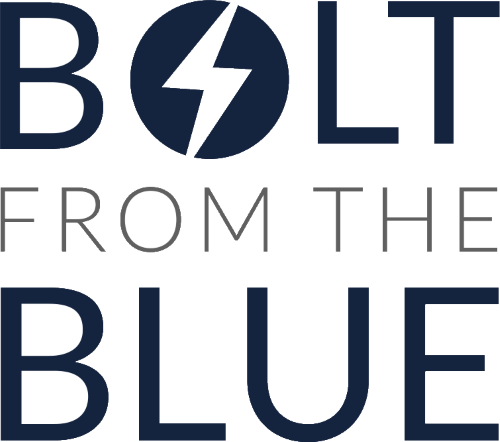Want to hear me read this to you? Click here.
In 1991, a researcher put a bunch of people into pairs and gave one person in each pair a piece of paper with the title of a very well known song on it — things like The Star Spangled Banner and Twinkle, Twinkle, Little Star. The person who had the song title then had to tap out that song on a table, and the person who didn’t get the paper had to guess which song it was.
You would think that this wouldn’t be all that hard.
I mean, c’mon how hard can it be to recognize The Star Spangled Banner? And that’s what the tappers thought too. They guessed that the listeners would be able to tell what the song was about half the time. And they were totally off. In fact, out of 120 songs tapped, the listeners only guessed three correctly — 2.5%, as compared to an expected 50%.
The thing is, the people who knew the song had what Chip and Dan Heath call The Curse of Knowledge — they already knew what the song was, they could hear it in their heads, sing it along to themselves. But the listeners didn’t have any of that context, and so to them, it all sounded like a series of random taps. The tappers could tap as long and as hard as they wanted to, the listeners just weren’t going to get it.
And you’re doing exactly the same thing.
Far and away the most common mistake I see people make with sales pages is “tapping” at their people: trying to explain the benefits of what they’re selling (or even just what it is) in a way that makes perfect sense when taken in context — but is absolute nonsense outside of it.
Unfortunately, that thing that seems so ungodly clear to you isn’t even going to register with your target market … unless you teach them how to care about it. OK, so what does this look like?
Writing about features instead of benefits.
OK, so you’ve probably already heard this. The advice to sell on benefits instead of features has been plastered across sales copy courses far and wide, but people still routinely fuck it up. That’s because (1) it can sometimes be hard to distinguish between a benefit and a feature, (2) it’s really hard to think outside your own perspective about something you’ve created.
For instance, if you’re selling a workout program, you understand why it’s so great that people get access to 30 days of support after your program, but your people won’t. And they won’t be able to give a fuck about it unless you make the connection for them.
The key here is to think about why this thing is included to begin with, and what it adds to the overall experience of the product or service. In the example of the course, you didn’t add the support onto the course for shits and giggles. You include it because you know that exercising regularly is a habit, and habit formation takes time, so having the extra support will make what they learned in the program stick.
And this leads right into the second mistake of…
Writing about benefits in a way that makes sense to you and not them.
Writing about benefits is all well and good, but it’s not going to be appealing unless you can do it from the perspective of the people buying. If you write about the benefits from your perspective — or from how you imagine their perspective will be after they buy — you’re going to have the same problem. You have to think about how what you’re saying is going to hit people as they are right now, and then meet them where they are. This doesn’t mean that you can’t give them something to aspire to. But it does mean that whatever you’re saying has to still seem achievable, otherwise, you’re going to intimidate them out of buying.
Writing to your target market in a way that characterizes them from your perspective.
I’ve talked over and over again about how identity is such a powerful influence on behavior — which is why you have to be so careful when you’re trying to sell something based on identity-specific factors. Whenever you have a statement anything along the lines of “You’re a…” or “You feel…” or “You’re finally ready to…”, you’re almost certainly talking identity stuff, so you have to make sure that what you’re saying aligns with how your people see themselves, not how you see them.
Carrying on with the example of the exercise course, you might see your people as needing to know about the biology of health or the neuroscience of habit formation, but if you start talking to them in that language, they’re almost certainly going to be turned off. Not because what you’re thinking about them is necessarily untrue, but because they’re not in a position to know that they need it yet. So start out by meeting them where they’re at, talking about them the way they talk about themselves — and then you’ll get them to stick with you long enough that you can guide them into that version of themselves that they can’t even see for themselves yet.
It’s not easy, especially when you first start out. As humans, we’re inherently, stunningly egocentric — it’s really hard to convincingly get into someone else’s head.
But when you manage it? That’s when people fall over themselves to pay attention to you.
And this, I think we can all agree, is a good thing.
